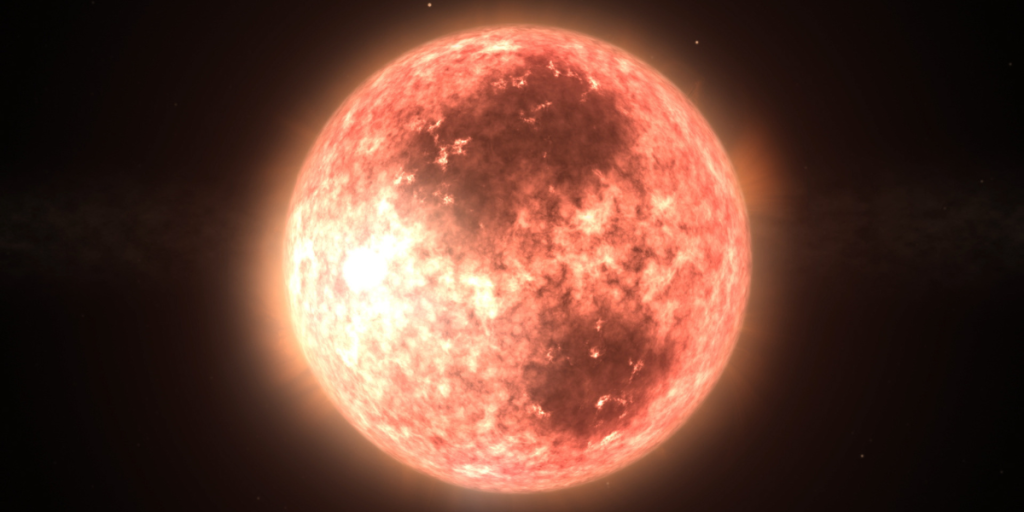CME observed from a star beyond the sun why this one
Others are reading now
CME observed from a star beyond the sun why this one
Why M-dwarf stars fascinate — and worry — scientists
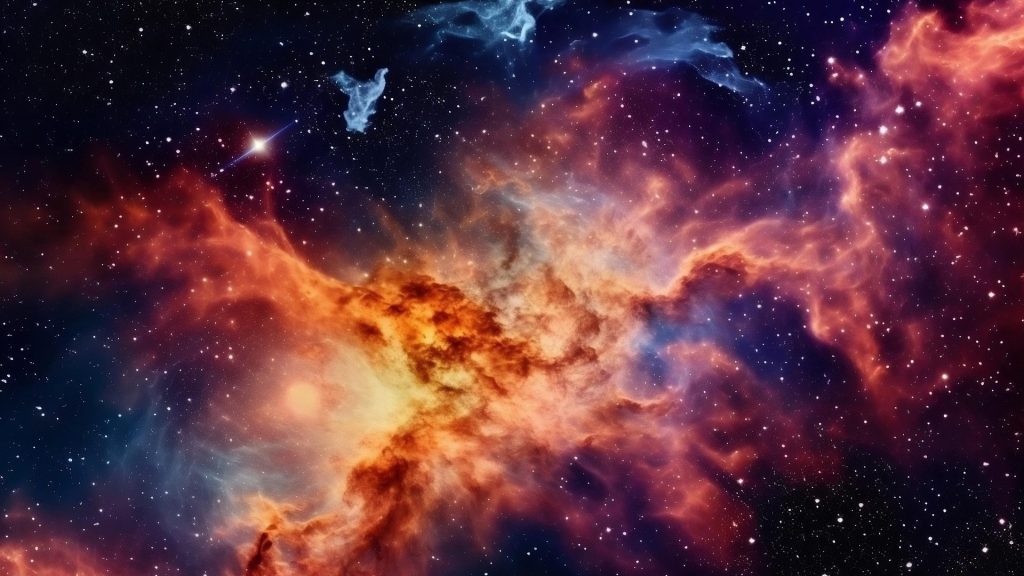
M-dwarfs are small, dim red stars that make up the majority of stars in our galactic neighborhood. Because of their size and number, they’re prime candidates in the search for Earth-like planets.
But while they may offer ideal targets for planet-hunting, their violent nature raises big questions about habitability. These stars regularly release intense bursts of radiation, which could strip nearby planets of their atmospheres—and potentially extinguish any hope for life.
Astronomers catch a stellar CME in action

Scientists have detected a coronal mass ejection (CME) from a star beyond our Sun. According to a study recently published in Nature and reported by Science Magazine, researchers observed the CME from an M-dwarf called StKM 1-1262, using the Low-Frequency Array (LOFAR) radio telescope network.
The evidence came from a type II radio burst, a known signature of a CME’s shockwave moving through the star’s corona.
Also read
Based on the radio data, the team estimated the plasma was moving at roughly 2400 kilometers per second—a speed typically seen in the most energetic solar eruptions.
A blow strong enough to wipe out atmospheres
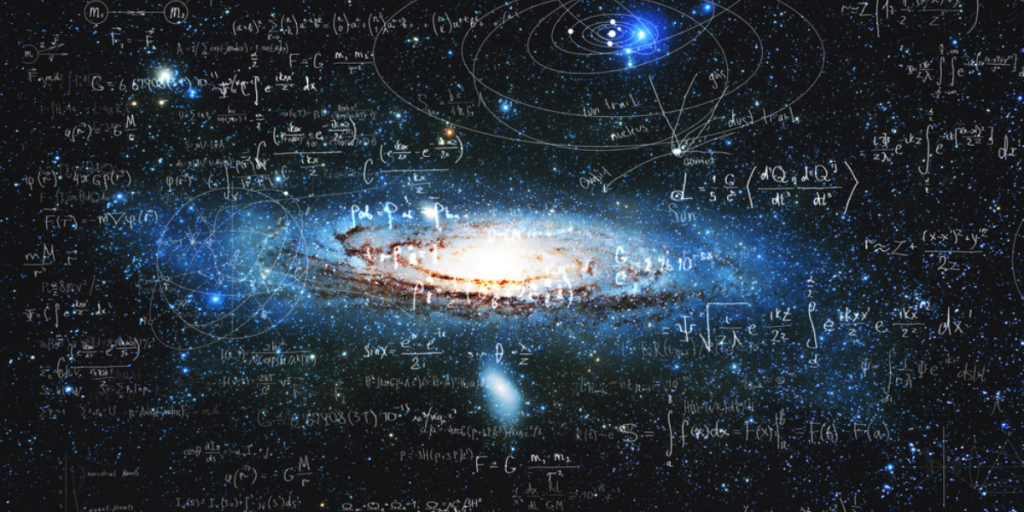
The team estimated that if an Earth-like planet had been orbiting in the habitable zone of StKM 1-1262, a direct CME hit would have compressed its atmosphere down to the surface.
According to astrophysicist Julián Alvarado-Gómez, such exposure would be catastrophic, allowing sterilizing particles to hit the planet directly.
Alvarado-Gómez noted that even a single powerful CME could permanently damage a planet’s potential for life. Past research has shown that solar CMEs with similar speeds tend to carry high mass and energy, increasing the risk to planetary atmospheres.
M-dwarfs may not be safe homes for life
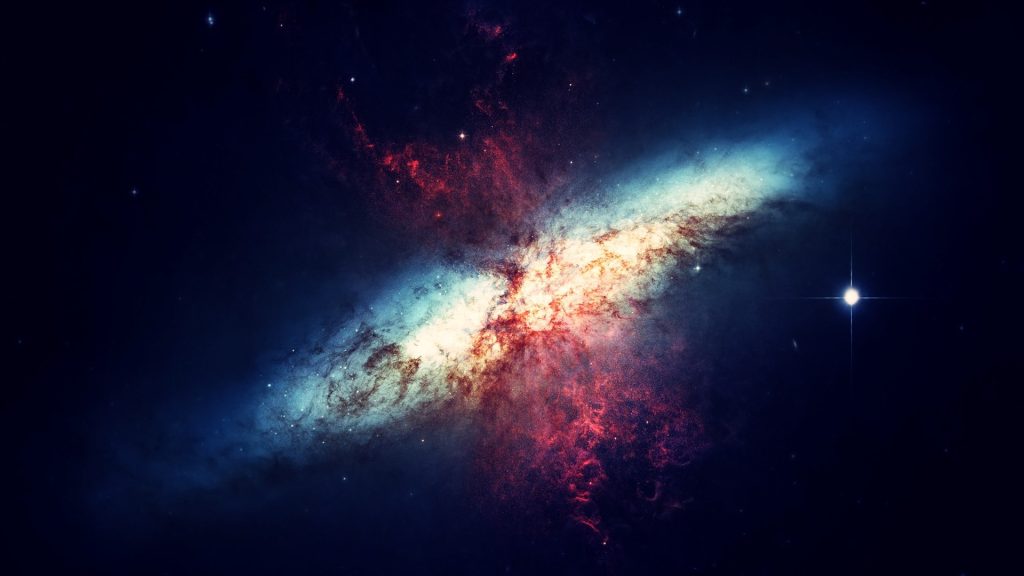
While M-dwarfs make up 70% of nearby stars, their frequent flares and now-confirmed CME activity may pose long-term threats to planetary habitability. The LOFAR survey monitored 86,000 stars, and only one CME event was seen—suggesting these outbursts may occur roughly once every 500 years per star.
Also read
That may sound rare, but over the millions of years needed for life to evolve, repeated events could strip away protective atmospheres. As Abel Méndez from the University of Puerto Rico put it, “Our big concerns about M-dwarf stars appear to be right.”
What we’ve learned from this rare stellar event

This new discovery reinforces what many astronomers have long suspected: that M-dwarfs, while abundant and accessible, may be too volatile to support life.
The confirmed CME from StKM 1-1262 gives researchers a much-needed data point for modeling space weather around these stars.
It also underscores the delicate balance required for planets to maintain stable, life-sustaining conditions—especially when orbiting stars that frequently erupt with energetic blasts.
A sobering reminder from our cosmic neighbors
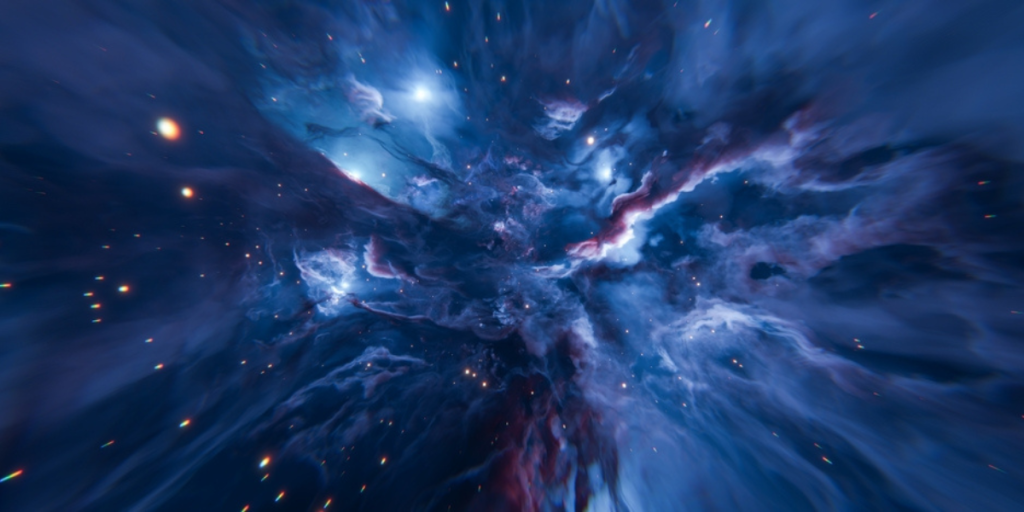
The idea that stars can destroy the very planets that orbit them isn’t just science fiction—it’s now a measurable reality.
Also read
As we search for life beyond Earth, discoveries like this highlight a simple truth: not all planets with the right ingredients can survive long enough for life to take hold. Understanding the violent nature of M-dwarfs will be essential as we continue our hunt for truly habitable worlds.
This article is made and published by August M, who may have used AI in the preparation

